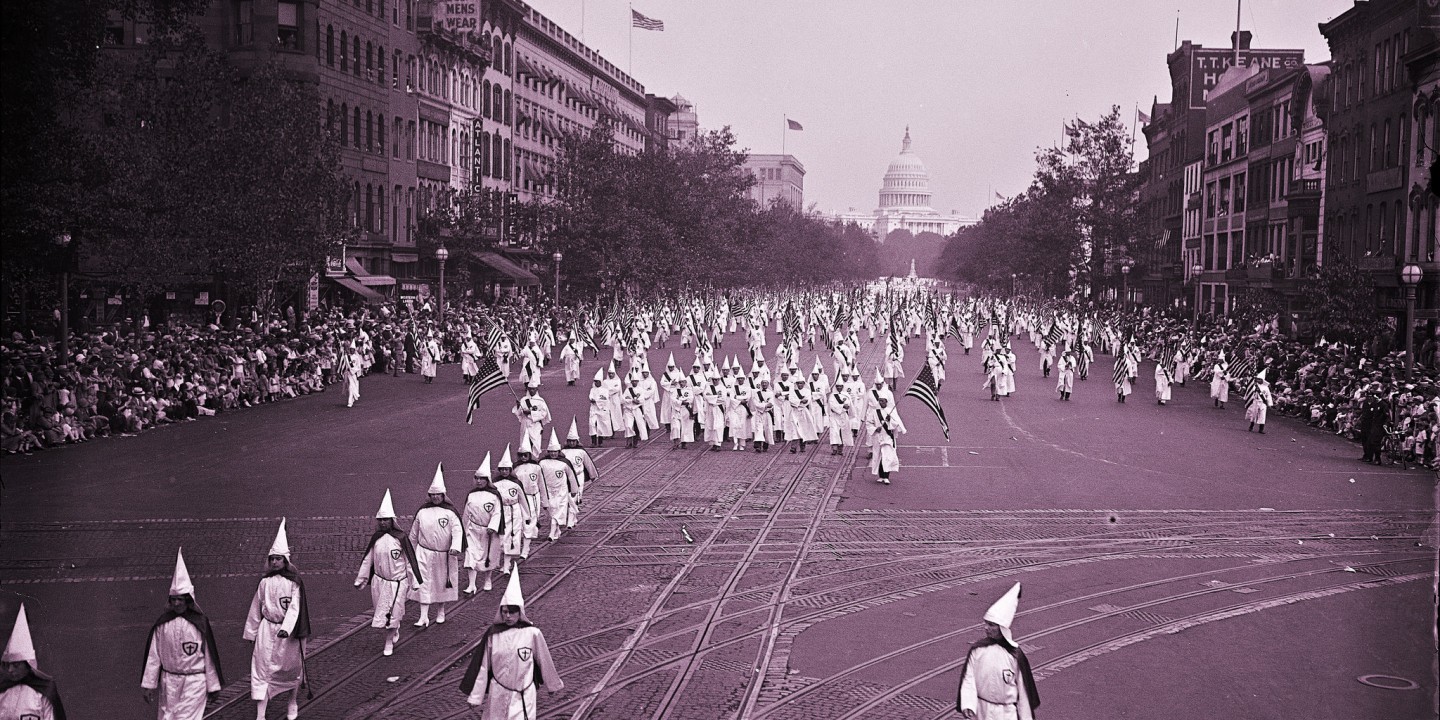
Shortly after the 1990 Oslo conference The Anatomy of Hate, essayist Lance Morrow penned an essay on why hate is so difficult to discuss. “Hate is simultaneously a mystery and a moron. It seems either too profound to understand or too shallow and stupid to bear much analysis. . . . The subject is amorphous, disorderly, malignant.”
No serious scholar of hate will deny hate’s mysterious, moronic, and malignant properties, but discuss it we must. That urgency is what inspired the convening of 15 interfaith leaders at the White House last month. I spent the day with rabbis, imams, and Christian clergy who had come together to learn as much as we could about the character of hate and the role religious communities play in building a more humane world. Refreshingly, no mention was made of the turbulent presidential campaign or the incoming administration.
Read our latest issue or browse back issues.
Regardless of the recent uptick in hate crimes directed at particular racial and religious minority groups, hate is hardly a new human experience or modern American idea. Two hundred years before the Oslo conference, President George Washington wrote to a Jewish congregation in Newport, Rhode Island, underscoring why “happily the government of the United States gives to bigotry no sanction, [and] to persecution no assistance.” Reinforcing that duty of government remains the responsibility of all of us.
So are hate crimes really on the rise these days? It would appear so, according to White House officials. However, they were quick to point out that the data is inexact. Since state and local officials are not obligated to report hate crimes to federal authorities, the published national numbers do not necessarily equate with reality. While hate crime offenses in 2014 numbered 1,000 in the state of California and nearly 400 in Massachusetts, Alabama reported only 12 offenses that year, and Mississippi reported zero. “The only bottom line number I can give you with confidence,” said Roy Austin Jr., director of the White House Office of Urban Affairs, “is that there are too many hate crimes occurring every day.”
Much of the explosion of hate in America is directly connected to the skill with which hate-filled individuals and groups use the Internet to acquire followers, masquerade as policy think tanks, and raise significant dollars. More than 300,000 members are now registered at the largest white supremacist forum, Stormfront. The market infiltration of racist video games like Ethnic Cleansing, in which players control a neo-Nazi figure tasked with killing black, Latino, and Jewish “enemies,” helps lead players into bigoted ideologies.
Human beings have always been capable of spending as much energy on meanness and brutality as we have on kindness, beauty, and hospitality. But the balance shifts into dangerous territory when talk radio, 24/7 news outlets, and conspiracy theorists deliberately foment fear.
“Hatred,” wrote C. S. Lewis’s Screwtape to Wormwood, “. . . is often the compensation by which a frightened man reimburses himself for the miseries of fear. The more he fears, the more he will hate.” Plotting the misery index of fear in our individual lives and communities explains why so many scared people are busily reimbursing themselves with hate. But people of deep faith don’t play that reimbursement game. They’re focused on wearing down hate-filled souls through beautiful acts of love.
A version of this article appears in the January 4 print edition under the title “What drives hate?”







